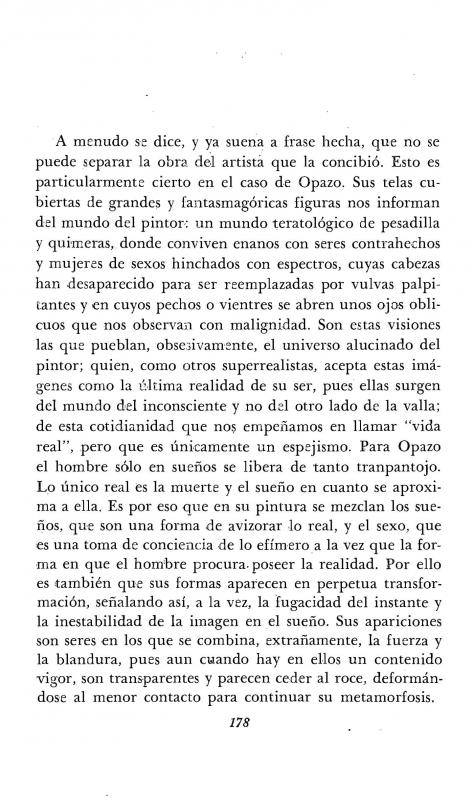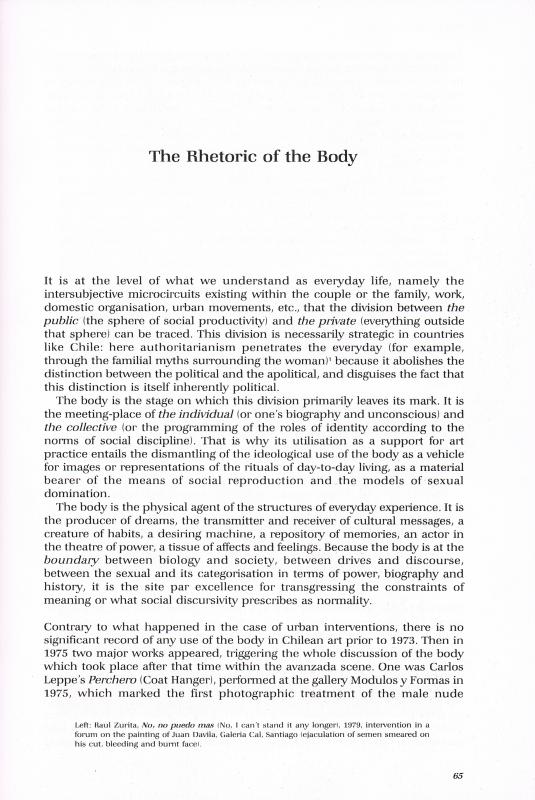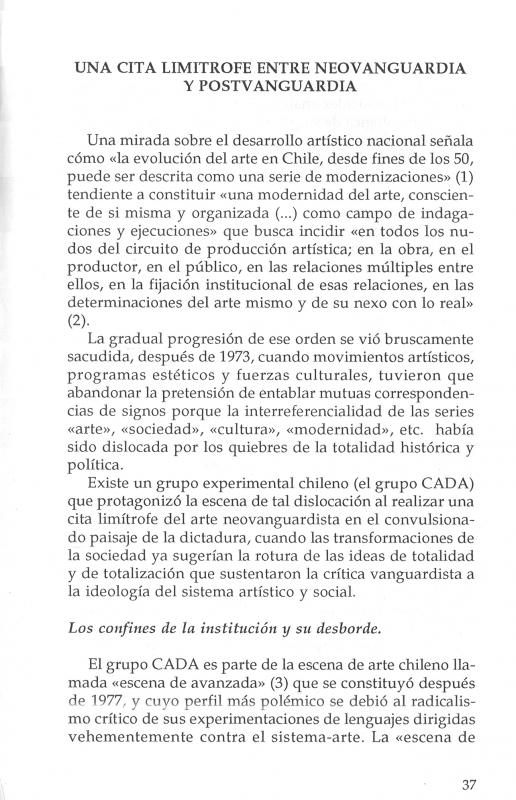In his essay “El poema de amor de Francisco J. Smythe,” the poet Raúl Zurita (b. 1950) provides a sweeping overview of the work of the painter Francisco Smythe (1952–1998). Zurita reviews the artist’s early paintings and his most recent work at the time of the exhibition, including details that shed light on his career. This essay was written on the occasion of the exhibition Francisco J. Smythe: 20 Años de Creatividad 1972-1992 at the MNBA (Museo Nacional de Bellas Artes, Santiago). Incidentally, this exhibition was awarded the National Critic’s Prize.
Smythe had his first solo show in Chile in 1976, at the Galería Época; it was an exhibition of drawings presented by the painter Rodolfo Opazo (1935–2019), who was Smythe’s teacher at the Universidad de Chile. In 1978 Smythe received a grant to continue his studies in Florence, Italy, where he subsequently settled. The 1978 exhibition that Zurita refers to was in fact the Primer Salón Nacional de Gráfica, organized by the MNBA, where Smythe won First Prize in the drawing category for Ciega (Blind). While he was living in Italy his work changed radically; he started producing paintings dominated by color, brush strokes, and daubs or smudges. His iconography included hearts and volcanoes, which he used in one of his last works, Vía Láctea (Milky Way). In 1996–97 Smythe worked on the large-scale sculptural mural at the Estación de Metro Baquedano in Santiago, Chile. [See “‘Opazo’ (A menudo se dice, y ya suena a frase hecha...)” (doc. no. 756891) by Miguel Rojas Mix in the ICAA digital archive.]
In addition to his well-known forays in the field of writing, Zurita also worked in the visual arts. He was a founding member of C.A.D.A (Colectivo Acciones de Arte, 1979–85), which realized group performances and interventions in public spaces. In 1982 he used skywriting aircraft to write a few verses of his poem “La vida nueva” (The new life) in the sky over New York City. And, in 1993, he carved the phrase “ni pena ni miedo” (no shame no fear) into the ground in the Atacama Desert (in northern Chile) with a backhoe. [In her essay “Rhetoric of the body” (doc. no. 744815), the theorist and cultural critic Nelly Richard discussed the time he burned his face; she also sharply criticized his intervention in 1993 in “Una cita limítrofe entre neovanguardia y posvanguardia” (doc. no. 736055). Both these texts can be found in the ICAA Digital Archive.]



